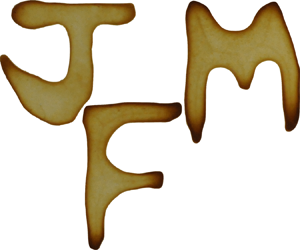Article contents
The nascent coffee ring with arbitrary droplet contact set: an asymptotic analysis
Published online by Cambridge University Press: 12 April 2022
Abstract

We consider the effect of droplet geometry on the early-stages of coffee-ring formation during the evaporation of a thin droplet with an arbitrary simple, smooth, pinned contact line. We perform a systematic matched asymptotic analysis of the small capillary number, large solutal Péclet number limit for two different evaporative models: a kinetic model, in which the evaporative flux is effectively constant across the droplet, and a diffusive model, in which the flux is singular at the contact line. For both evaporative models, solute is transported to the contact line by a capillary flow in the droplet bulk, while local to the contact line, solute diffusion counters advection. The resulting interplay leads to the formation of the nascent coffee-ring profile. By exploiting a coordinate system embedded in the contact line, we solve explicitly the local leading-order problem, deriving a similarity profile (in the form of a gamma distribution) that describes the nascent coffee ring. Notably, for an arbitrary contact line geometry, the ring characteristics change due to the concomitant asymmetry in the shape of the droplet free surface, the evaporative flux (for diffusive evaporation) and the mass flux into the contact line. We utilize the asymptotic model to determine the effects of contact line geometry on the growth of the coffee ring for a droplet with an elliptical contact set. Our results offer mechanistic insight into the effect of contact line curvature on the development of the coffee ring from deposition up to jamming of the solute; moreover, our model predicts when finite concentration effects become relevant.
Information
- Type
- JFM Papers
- Information
- Copyright
- © The Author(s), 2022. Published by Cambridge University Press
Footnotes
Article last updated 07 March 2023
References
REFERENCES
- 7
- Cited by


